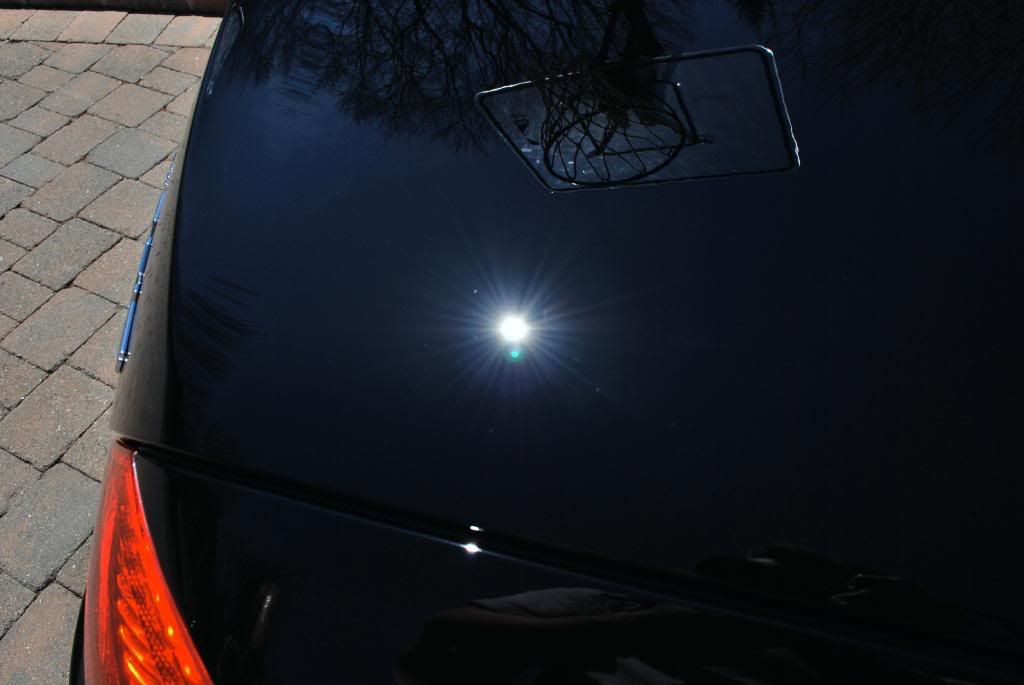Todd@RUPES
Just a regular guy







Follow along with the video below to see how to install our site as a web app on your home screen.
Note: This feature may not be available in some browsers.








Even if I knew something about computers(which of course I do not) I would not be able to put out the graphics in this write up............ Todd this tutorial is TIGHTNESS. You were able to articulate what usually takes years to learn, especially with the firm pressure part in conjunction with 85RD or UF, used 205 today with the PC me likey more cut than 106FA but a nice finish even by itself or onto 85RD.
Awesome post and pics/graphics, Todd !!!!
I always learn so much from your great efforts to teach from your experience and research.
It is so great to have some of the best people and detailers out there working at PAC for us !!
I cannot also think of a better, more comprehensive, with obvious thought and care, put togethere so perfectly, than this, and all the others you have done!!
We all know the sacrifice involved here and the huge amount of hours taken to make this and we all appreciate so much these fine efforts !!
This is why for me, as many of you, the Truth in Detailing Forum is my first look and pretty much my only place I see anymore when I dont have alot of time to look on the Internet.
Between the 3 of you, we are so blessed to have you guys taking such good care of the business end and then taking the time to be engaged with the guys out there in the garage, shop, mobile, etc..
It is more than obvious your first loves are the same as ours, or we would not be doing this sometimes thankless work.
Thanks PAC, thanks again, Todd, and the rest of the team up there that we rely on for advise, service, products, and this Forum, you guys are the BEST!!
DanF
Totally awsome illustrations & write-up Todd!! I do have a question that you can most likely answer. What's your thoughts on the possible gloss differences as well as the final appearance all together when using a PC in comparison to a rotary for the final jewling process? Can one be more beneficial and/or better on perfectly corrected paint?
